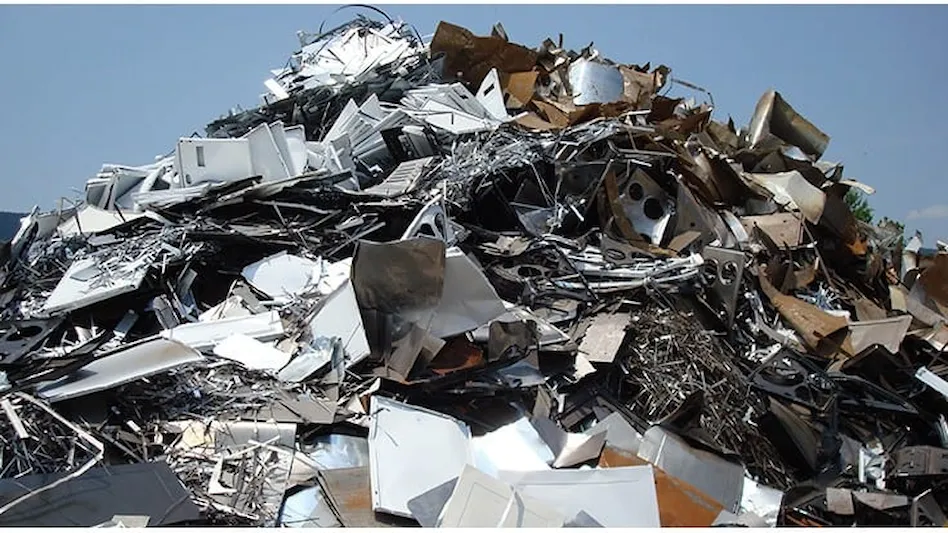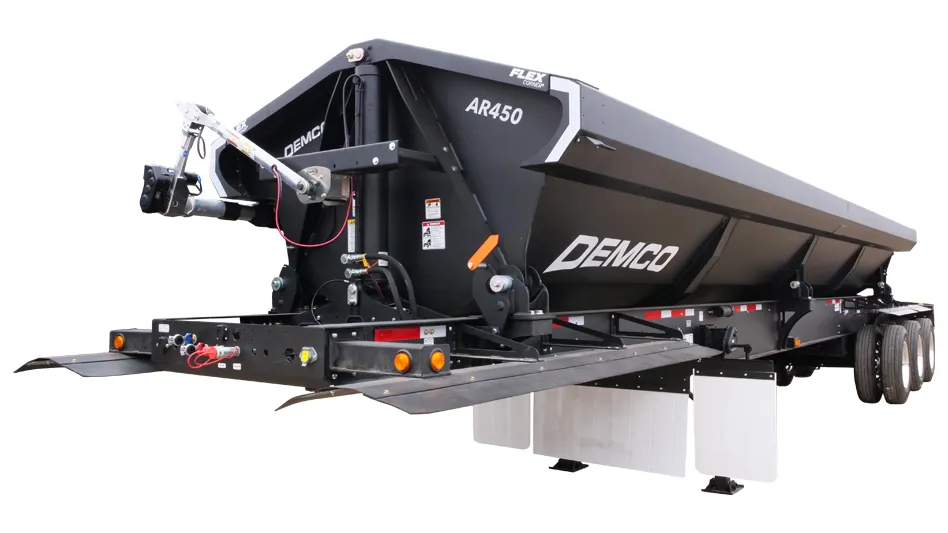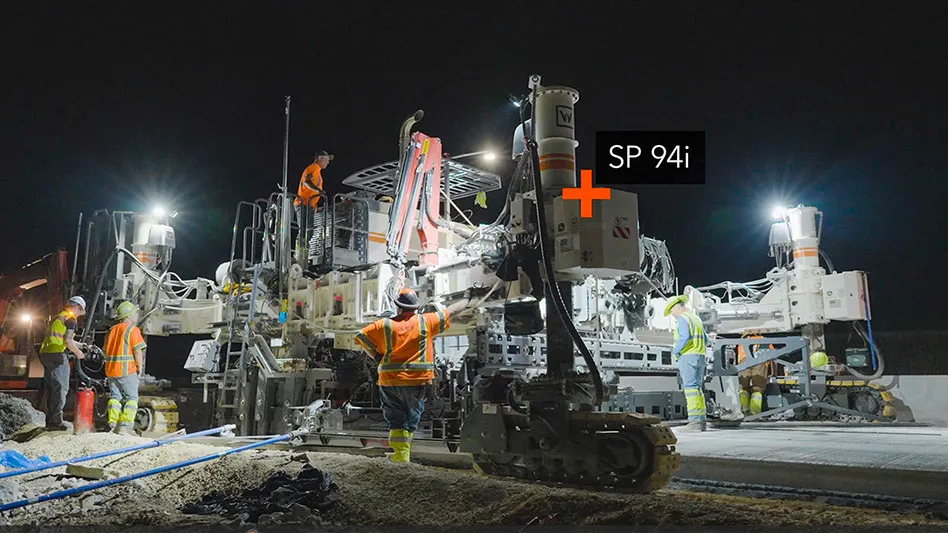
Ferrous scrap prices in the early October buying period held steady in the United States domestic market, with domestic steel industry output rising gently and export demand remaining a factor.
Comments from scrap processors to Recycling Today and mid-October media reports initially indicated overseas and domestic scrap buyers might have been planning to scale back purchasing requirements during the rest of 2020, but a rebound in Turkish demand could keep prices stable going forward.
The supply-demand balance in late September and the first week of October did not change sufficiently to influence October prices, as measured by Fastmarkets AMM surveyed pricing indices.
None of the publication’s three Midwest Index per-ton prices changed by more than $3.50 in October, with the prompt No. 1 busheling and obsolete No. 1 heavy melting scrap (HMS) grades not even shifting by $1 per ton.
Pricing for the publication’s export grades, meanwhile, also remained stable, though on the East Coast that lack of price movement may have been owed in part to a lack of bookings to provide a new yardstick by which to measure.
On the Pacific Coast, “Demand via export sales is healthy,” a recycler based there tells Recycling Today. “Mills overseas want and need product, so the interest has been continuous and strong from our perspective.”
The West Coast recycler adds, “We talk with dozens of yards with direct access to export sales or local domestic sales, and moving product hasn’t been an issue. There are October shipments being made and there is interest for future sales too, although those talks are a little quiet.”
On the supply side, the Pacific Coast processor says, “Overall, availability of scrap is fairly healthy considering the environment we’re in. The challenging part has been the margin erosion we’ve seen from large competitors trying to pay more for scrap to try to maintain ‘normal’ levels [of volume] compared to years past.”
A recycler in the Midwest, regarding supply, says, “Things seem to be a little busier now, but not crazy busy by any means. Our industrial accounts are doing OK.”
At one point, market participants expressed concerns about a pullback in demand from mills in Turkey, which has seen its currency depreciate. Also looming in some American minds is a sense of overall uncertainty. “I think there is a lot of uncertainty out there with the election coming up and COVID,” the Midwest recycler says.
According to Fastmarkets AMM, only two bulk cargoes were booked to Turkey in the early October buying period. That is a “far cry,” observes the publication, from the two dozen cargoes booked in June and July that helped push summer scrap prices upward.
The disappearance of Turkish buying had caused some speculation that pricing could retreat in the final two months of 2020. However, in the second week of October, new orders were received from Turkey and downward price expectations receded.
In the meantime, in a regional assessment by the West Coast recycler, “Currently, companies are experiencing 15 percent less in volumes this year compared to historical averages, with the tightest margins seen in decades. This is an improvement from the 30 percent [or so] reduction in supply we saw at the start of the pandemic.”
Steel output in the United States is still down by more than 15 percent compared to pre-COVID levels, as measured by the Washington-based American Iron and Steel Institute (AISI), though the gap is narrowing.
Domestic consumers might wish to see lower prices and make fewer scrap purchases in November and December, but a reviving economy and subsequent demand for iron and steel could disrupt such plans.
Steel output in the U.S. the week ending Oct. 3 was more than 1.48 million tons, representing a 17.7 percent decrease from the comparable week in the previous year. The mill capacity rate the week ending Oct. 3, 2020, was 66.6 percent, compared with a 77.7 percent rate in the comparable week in 2019.
On the wider economic front, the construction industry is reporting some favorable statistics, but trade associations in that sector are expressing concern about slowing momentum and lobbying for additional government stimulus programs.
As of mid-October, Wall Street investors seem less concerned, with stock prices rising the week of Oct. 6-9 and the following Monday. An Oct. 12 article by the London-based Financial Times quotes a JP Morgan analyst who posits that presidential candidate Joe Biden’s roughly 10 percentage point lead over incumbent Donald Trump in national polling has “helped to ease jitters over the potential for a contested result.” The analyst says the potential lack of a disputed election is a “welcome relief for investors.”
Latest from Construction & Demolition Recycling
- EPA announces $3B to replace lead service lines
- NWRA honors award recipients during annual breakfast at WasteExpo
- Safe Fleet, ITA Dynamics unveil integrated financial, route management system
- Bateman unveils 210 series orange peel grapple
- Republic reports first quarter growth
- Meridian Waste completes second acquisition of 2024
- NEPA revisions could delay critical infrastructure, ABC says
- Liebherr USA announces new divisional director





